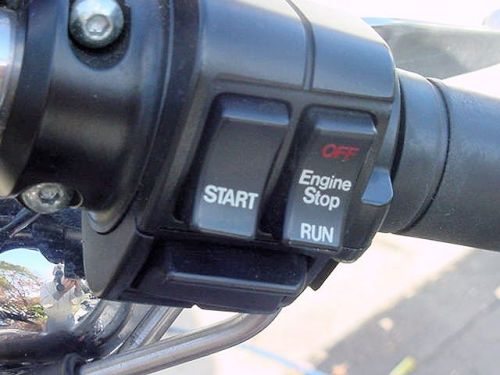Roy Epperson
Well-known member
I've read a "bunch" of the posts on installing the Audiovox particularly on the '07. Some times we read too much and more questions arise :glare:
Why is the servo attached to the tang verses using one of the looped cable attached through the return cable end end and then overlaying the manual pull cable? No I have not tried it or looked under the fuel rail to what might physically prevent it.
I was reading a number of posts from last Spring ('08) where folks were having problems with the Audiovox disengaging at higher speeds. There were several comments that it might be because the tang might not allow the throttle to be advance far enough.
My current plan is to connect through check values and Ys the 4 cylinders into a reservior 1-1/2" by the width of the tool box pan. Does that length/side sound "right"?
Thanks in advance,
Roy
Why is the servo attached to the tang verses using one of the looped cable attached through the return cable end end and then overlaying the manual pull cable? No I have not tried it or looked under the fuel rail to what might physically prevent it.
I was reading a number of posts from last Spring ('08) where folks were having problems with the Audiovox disengaging at higher speeds. There were several comments that it might be because the tang might not allow the throttle to be advance far enough.
My current plan is to connect through check values and Ys the 4 cylinders into a reservior 1-1/2" by the width of the tool box pan. Does that length/side sound "right"?
Thanks in advance,
Roy




